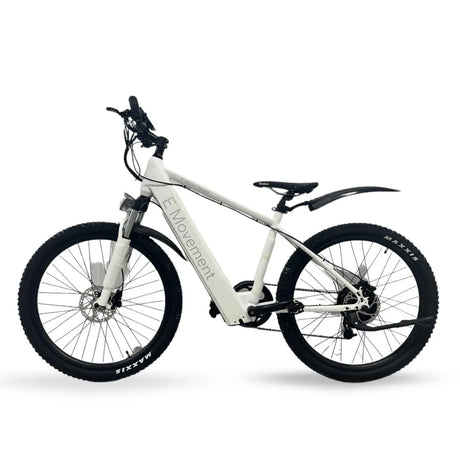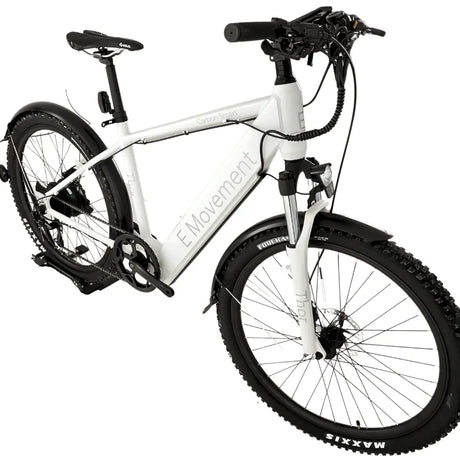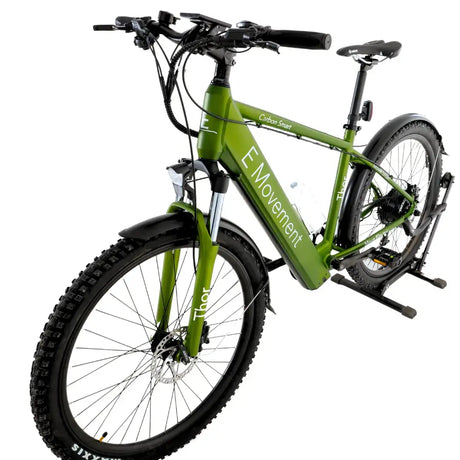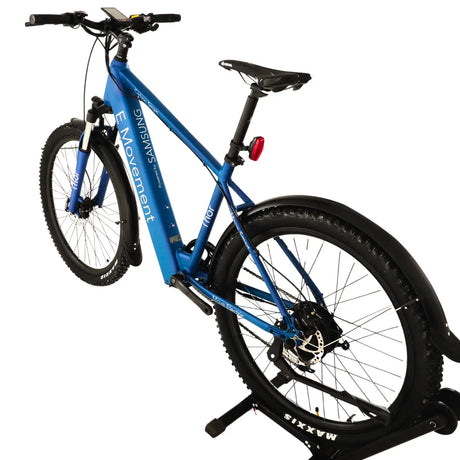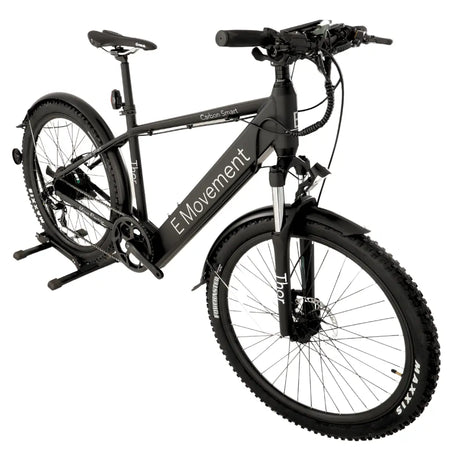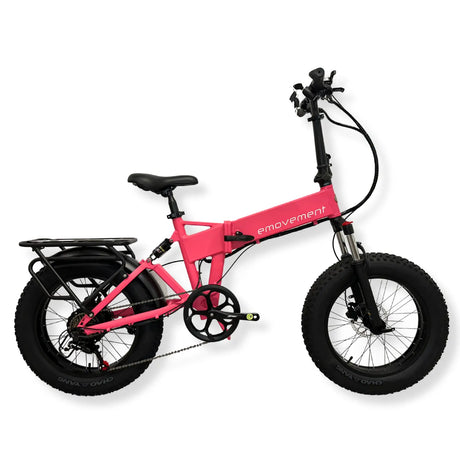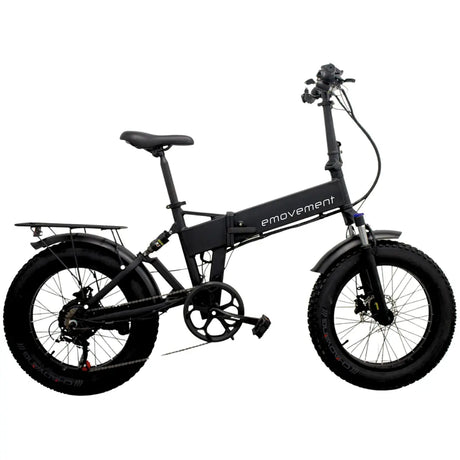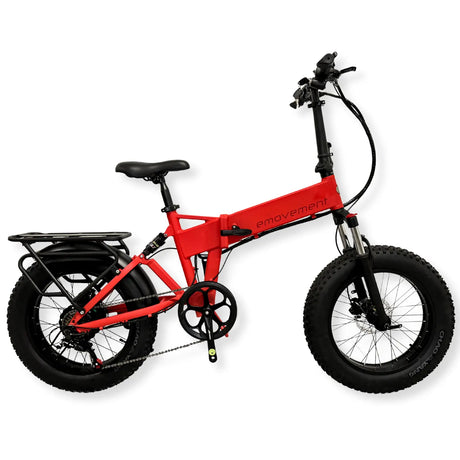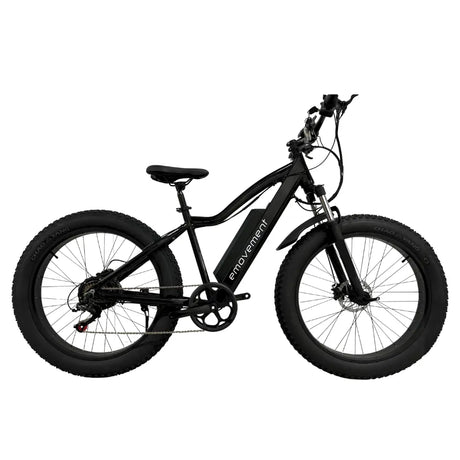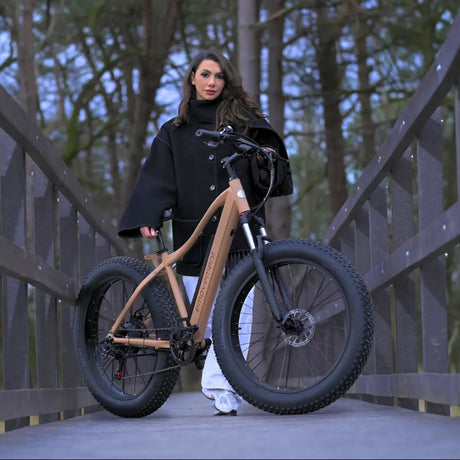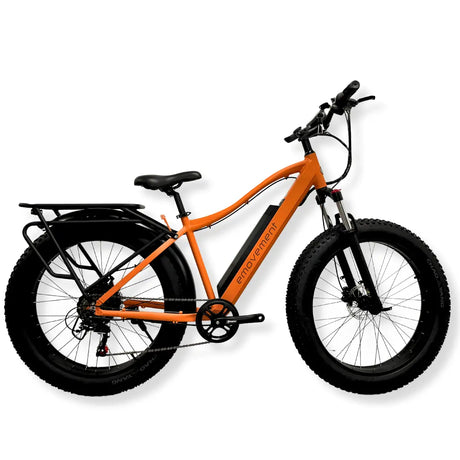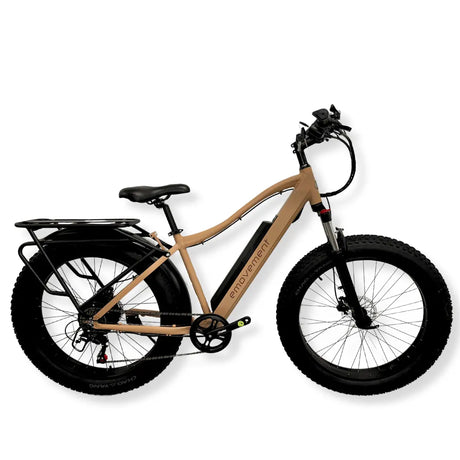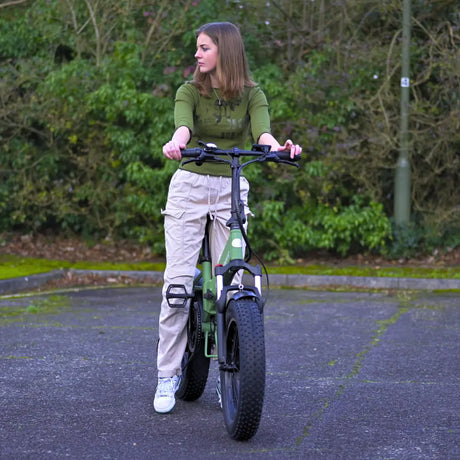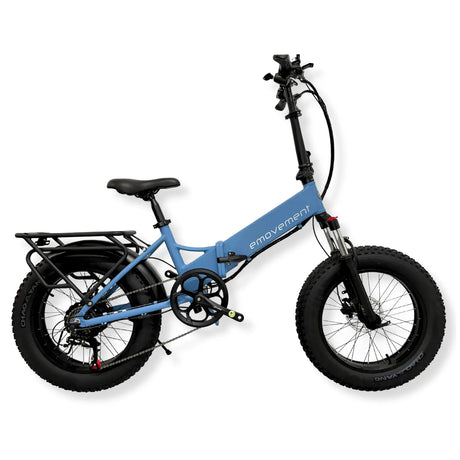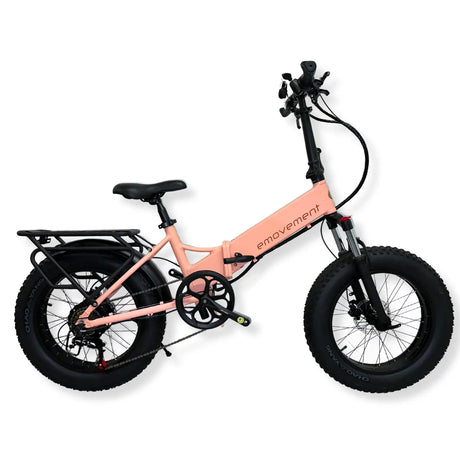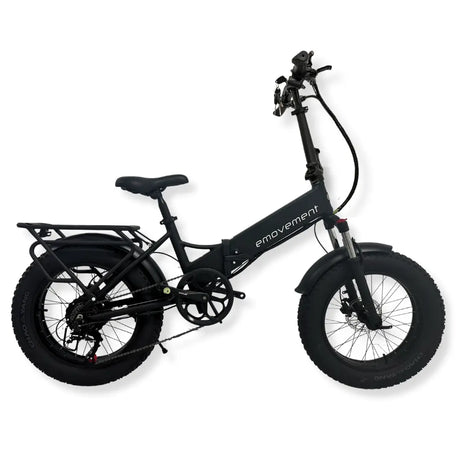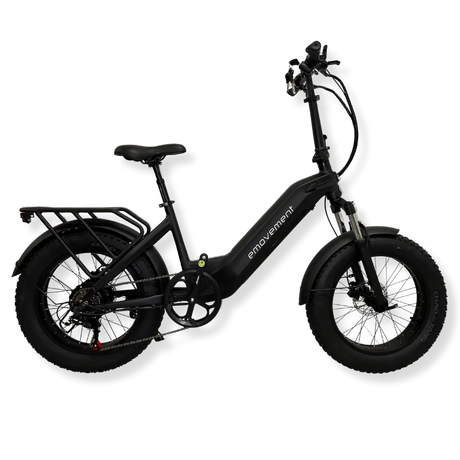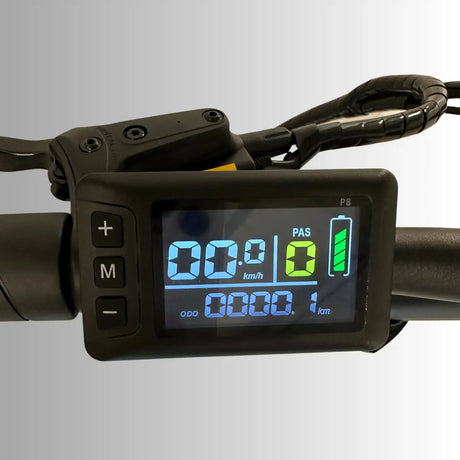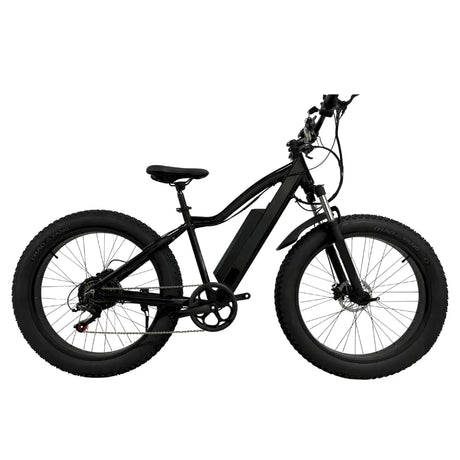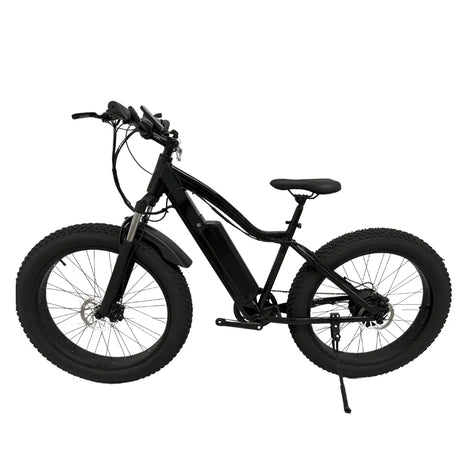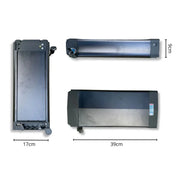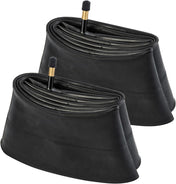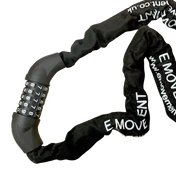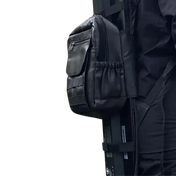A decade ago, electric bikes were still a curiosity in Britain. E-bikes have evolved from a niche piece of technology, once seen in only a few intrepid hands, to London commuters trying to weave through traffic jams on two wheels or countryside riders carving up the hills with e-bikes. Practical, more economical to run than a driverless car, and generally needing no licence, tax, or insurance, unless something goes wrong.
Of course, like any burgeoning transportation craze, the rules are changing. Certain laws have already been strengthened by the UK government and local authorities to ensure e-bikes are safe for riders and the public. Although the majority of the primary laws remain unchanged, in London, we have seen one significant change alongside revised guidance on safety and compliance for 2025.
This guide will cover the new UK e-bike rules 2025/26, how they impact riders, and what you can do to protect yourself, stay on the right side of the law, and keep ahead of these changes.
E-Bike Laws In The UK
Britain has ambitious net-zero targets, and the government is encouraging people to adopt greener transport. Vehicles are met with additional congestion charges, higher insurance premiums, and stricter emission policies. Public transport can be costly and overfilled with commuters. E-bikes have been experiencing a surge in popularity as one of the most cost-effective and eco-friendly modes of transportation.
Yet with popularity comes problems. News of dangerous imports, "home brew" battery modifications, and other cases in which people illegally convert e-bikes into mopeds. The rules are simple for nearly all the cyclists out there, well, the law-abiding ones. So,
What Are Road-Legal E-Bikes?
An electric bike can also be referred to as a Pedelec or EAPC (Electrically Assisted pedal cycle. These are legally classified as pedal cycles, and you can ride them on cycle paths, the road, or anywhere except for a few shared-use areas without taking a driving test, having the vehicle taxed or insured.
Legal Requirements For E-Bikes
Your bike must meet these requirements to be considered an EAPC:
-
Pedals: The electric bike must be pedaled to move forward.
-
Must be under 250W: The motor has to be rated at no more than 250 watts continuous.
-
No assistance above 15.5mph: The motor should offer no assistance over 15.5mph (25 km/h).
-
Frame: The frame should clearly show the following specifications: Max output power and battery voltage.
-
Speedometer: It must clearly show the rider’s speed.
-
Age-appropriate: All road-legal e-bikes can be ridden by anyone older than 14 years.
Everything outside this falls under the jurisdiction of a moped or any other motorcycle, with all liabilities that accompany it.
Throttle Rules: Clearing the Confusion
One of the most regular rider questions is: "Can you put a throttle on my e-bike?"
The short answer is yes, but with a limit.
A walk-assist throttle is allowed. Without manual input, it can assist up to 3.7mph (6km/h).
If your throttle assist is more than the given limit, your EPAC would automatically convert into a moped. It means you will have to register it with the DLVA and complete other requirements before riding it on the road.
The reason for limited throttle assist is to stimulate pedal-assisted cycling, not eliminate it.
A Word of Caution
Some forces have already conducted spot checks on cycle lanes in cities such as Manchester and Bristol, catching riders using derestricted e-bikes or with throttle functionality. The penalties can include:
-
Bike confiscation.
-
Fines for unregistered motor vehicles.
-
If they have a licence, then points on their licence
The Trouble Caused by Motor Power and Speed
Most e-bike ads online, especially from overseas sellers, are for models equipped with 500W, 750W, or even 1000W motors. They may seem like a great option, but they're not UK road-legal. To be legally allowed in the UK, your e-bike must adhere to the following rules.
-
Motor cap: 250W continuous power.
-
Motor-assisted top speed: 15.5mph Speed Cap
Off-Road Exceptions
High-powered e-bikes are allowed off-road (on private land with the land owner's permission). Certain mountain bikers even use them in dedicated trail centres. However, as soon as you drive them on the road, they become illegal unless registered as mopeds.
Lights, Reflectors, and Visibility
This is not novel laws but often forgotten ones:
-
Night time – a white light to the front and a red light to the rear.
-
Reflectors: White (front), red (rear), amber (around pedals, on wheels).
-
Whenever visibility is poor during fog or heavy rain, use your lights.
These rules will not only help keep you on the right side of the law, but they also make a lot of sense from a safety perspective. Visibility saves lives.
2025 TfL Ban: Non-Folding E-Bikes Banned from Public Transport
The year's most important shake-up, although not in Westminster, is from London's transport authority.
From March 2025, non-folding e-bikes and e-scooters are banned on all TfL services. This will cover buses, Tube, Overground rail services, Trams, and the Docklands Light Railway.
The reason? Battery fire risks. The TfL has been forced to take a hard line, due to many high-profile fires connected with lithium-ion batteries. Folding e-bikes are still allowed, but must be folded before boarding.
If you were commuting on an e-bike but didn't have a folding option, it's time to reconsider your commute. This means giving up on the whole route by bike. If you choose a folding e-bike, you can easily dodge the bullet.
The possibility of these regulations changing shortly is there, but Hunter Extreme and Panther v4 are great options as folding e-bikes, as they also deliver strong performance and range.
London Fire Brigade Advice on Battery Use and Storage
While lithium-ion batteries are generally safe when used as intended, in recent years, there have been reports of several fires caused by inferior chargers, questionable aftermarket packs, and DIY repair attempts. The London Fire Brigade (LFB) and Government bodies advise that:
-
Only use the original charger for your e-bike.
-
Remove the battery after charging.
-
Avoid charging near couches, beds, or curtains.
-
Avoid leaving batteries charging overnight.
-
Never buy cheap third-party batteries or DIY fixes.
It's not the law, but it is important information for your and your loved ones' safety.
2025/26 Penalties if you cheat
As rules are getting stricter, you’ll have to be very careful with UK e-bike laws. Otherwise, you can get into trouble. Here are some penalties you’ll bear if you’re caught breaking any rule:
-
Seizure of your bike if it is over 250W or 15.5mph
-
A fine will be charged when the unregistered vehicle is driven on.
-
If you have a driving licence, it gives 3 licence points.
-
Ban you from the workplace if your battery is in an unsafe condition.
Compliance isn't just about dodging tickets; it's also a matter of keeping yourself safe.
The Impact on Riders
Everyday Cyclists
For most riders, nothing significant has changed. Go no faster than 250W, and adhere to the 15.5mph limit. Also, ensure your e-bike requires pedal assist to activate (ie, you need to be pedalling for the motor to work).
London Commuters
The headline change is the ban on non-folding e-bikes. Only a folding model will do if you use public transport for some of your commute.
Leisure & Off-Road Riders
Higher-powered e-bikes for off-roaders are allowed on private land, except, of course, on public roads, where the 250W/15.5mph rule is still in place.
The Bigger Image: E-Bikes Within The Future Of British Transport
The laws around e-bikes are not just a matter of compliance. They are re-shaping the place of cycling within Britain's transport culture. During the next decade or so, we are likely to observe the following:
-
Increased infrastructure
-
More Cycle to Work schemes for e-bikes.
-
Expansion of battery recycling programmes.
Rules should not be seen as a hindrance; we see them as part of the cultural evolution required to make e-bikes more mainstream, safe, and sustainable.
Quick Guide To 2025/26 UK E-Bike Laws For Riders
-
Motor: Rated power: 250W. Max. continued power: 250W
-
Speed Limit: 15.5mph motor assistance limit
-
Pedals: Must have working pedals.
-
Pedal Assist: Up to 3.7mph push-walker mode only
-
Age limit: 14+.
-
Licence/tax/insurance: Not required for EAPCs.
-
Lights/reflectors: Required at night and in reduced visibility.
-
Non-folding ban: TfL bans non-folding e-bikes on public transport from March 2025
Conclusion
At first glance, the UK's 2025/26 e-bike rules may appear complicated, but for most people, it's simple: use pedal-assist up to 15.5mph, ensure your motor is no more than 250W, and your bike meets minimum safety standards.
Moreover, Londoners will be banned from taking any e-bike that does not fold on public transport. The idea is not to penalize riders but rather to maximise safety following high-profile battery fire events.
So, for the average bike commuter, the moral of the story is to ride their e-bike responsibly. Moreover, your bike must meet UK speed regulations.
Lastly, there is a broader cultural change that underlies these laws. Britain has a plan to hit its environmental targets, alleviate congestion, and create more habitable cities.


